Winter sports are tough on your body, but prepping ahead can make all the difference. Whether you're hitting the backcountry or carving down slopes, being physically ready is key. Here's the deal: focus on strength, endurance, and cardio about 8–12 weeks before the season starts. And if you're using Snowfeet*, their lightweight design means you'll need agility and balance training too.
Quick Summary:
- Strength: Build lower body power with squats, lunges, and explosive moves like box jumps.
- Endurance: Train with interval running, uphill hikes, and cycling to keep your energy up for long sessions.
- Cardio: Short, intense HIIT workouts (like sprints or rowing) prepare you for quick movements.
- Balance: Work on single-leg exercises, wobble boards, and dynamic stretches to improve stability.
Snowfeet* gear is compact and easier on your knees, but it demands constant muscle engagement and quick reactions. With the right prep, you'll be ready for anything the slopes throw at you. Let’s break it down!
40-Min Backcountry Ski & Split-Board Workout for Strength Endurance
Strength Training for Winter Touring
Winter touring is all about explosive, dynamic strength. While traditional gear leans on endurance, Snowfeet* call for quick, agile movements. Their compact 38–50 cm design means you’ll be making sharp directional changes and rapid recovery moves, which demand targeted muscle training.
Training for Snowfeet* focuses on building functional strength - think fast, coordinated muscle activation rather than slow, heavy lifts. This type of training not only boosts your performance but also helps protect you from injuries when carving through fresh powder or weaving through tight tree lines. Below are some key exercises to help you build the strength you’ll need to dominate the slopes.
Best Exercises for Strength Training
Squats are your go-to for building lower body power. Incorporate both back squats and front squats, emphasizing speed and control. To mimic the quick responses Snowfeet* demand, try lowering for 2 seconds and exploding back up in 1 second.
Jump squats and box jumps are perfect for developing the reactive strength needed for those rapid edge changes. Start with box heights of 18–24 inches, focusing on soft, controlled landings to simulate how you’ll absorb impacts on uneven terrain.
Lateral lunges and lateral bounds are essential for Snowfeet* users. These exercises build the lateral strength required for creative line choices. Begin with lateral lunges to establish a strong base, then progress to explosive lateral bounds to improve control over sideways momentum.
Single-leg deadlifts are all about balance and unilateral strength, which are crucial for maintaining stability on uneven terrain. Since Snowfeet* are lightweight, you’ll often rely more on one leg, making this movement invaluable for long touring days.
Planks and anti-rotation exercises round out your core training. Unlike traditional skis, which can mask core weaknesses, Snowfeet* constantly challenge your core stability. Include planks, side planks, and Pallof presses in your routine to build the rotational strength needed for carving tight turns or recovering from unexpected changes in terrain.
Weekly Strength Training Schedule
To get ready for winter touring, follow an 8-week progressive plan. This schedule will take you from foundational strength to explosive, sport-specific power, ideally wrapping up 10–12 weeks before your first outing.
Weeks 1–3: Build a solid foundation with higher reps and moderate weights. Train three times a week, with at least one rest day between sessions. Start with bodyweight squats (3 sets of 15–20 reps), then progress to goblet squats using 25–35 lbs. For single-leg deadlifts, begin with bodyweight and work up to 15–25 lb dumbbells. Core work should include planks held for 30–60 seconds, aiming for 90 seconds by the end of week 3.
Weeks 4–6: Shift your focus to power. Cut back to 2–3 sessions per week to allow for recovery. Add box jumps at 18–20 inches (3 sets of 8–10 reps) and lateral bounds covering 6–8 feet (3 sets of 6 reps per direction). Increase intensity with barbell back squats at 65–75% of your max, prioritizing speed over heavy, controlled reps.
Weeks 7–8: Peak power phase. Train twice weekly with movements that mirror Snowfeet* demands. Increase box jump heights to 24–30 inches if you’re ready, and extend lateral bounds to 8–10 feet, focusing on quick ground contact. This phase is all about max force in minimal time - exactly what you need for split-second decisions on unpredictable terrain.
Building Endurance for Long Tours
Endurance training is where Snowfeet* users really shine compared to traditional skiers. With long skis, you can rely on momentum and gliding to help you out during those moments of fatigue. Snowfeet*, on the other hand, require constant muscle engagement and balance adjustments. This means your cardiovascular system and muscle stamina have to be ready to handle those demanding 4–6-hour touring sessions.
The compact design of Snowfeet* adds a unique twist to endurance. You’re making more frequent directional changes and faster recovery movements than you would on traditional skis, which are typically 160–180 cm long. Your legs, core, and stabilizing muscles are always working, which builds functional fitness that’s key for sustained effort.
Unlike traditional skiing, where you can coast between turns, Snowfeet* keep you in the game the entire time. Your heart rate stays high, your muscles are constantly firing, and your balance is always being tested. Many Snowfeet* users say they feel more physically spent after a day on the mountain compared to traditional skiing. That’s why endurance training isn’t just helpful - it’s essential. The methods below are tailored to the unique demands of Snowfeet*.
Endurance Training Methods
Because Snowfeet* require constant movement and bursts of effort, interval running is a great foundation for building endurance. Hill repeats are especially effective since they mimic the stop-and-go nature of touring. Try 4-minute uphill intervals at about 80–85% of your maximum effort, followed by 2 minutes of walking to recover. This rhythm mirrors the intense energy bursts needed for tough terrain, followed by quick recovery during easier stretches.
Uphill hiking with a weighted pack is another fantastic way to prepare. Start with a 15–20 lb pack and gradually increase to 25–30 lbs over 6–8 weeks. Aim for 60–90 minutes of hiking with elevation gains of 800–1,200 feet. This strengthens your quads, glutes, and calves while also building the cardio base you’ll need for long days on Snowfeet*.
Cycling intervals are perfect for improving lactate clearance and recovery during short bursts of effort. Alternate between 3 minutes of high-intensity cycling (around 90% of your max heart rate) and 2 minutes of recovery. Do 6–8 cycles per session, twice a week. This trains your body to handle the rapid turns and technical terrain Snowfeet* throw at you.
Stair climbing is another great option for building explosive endurance. Find a stadium or a tall building and climb stairs two at a time for 2–3 minutes, then walk back down slowly. Repeat this 8–10 times. This helps develop the quick-twitch muscle endurance you’ll need for those fast edge changes that make Snowfeet* so responsive.
Unlike traditional ski training, which often focuses on long, steady efforts, Snowfeet* demand high-intensity output and continuous muscle engagement.
Off-Season Training for Snowfeet* Users

Off-season training is a great opportunity to refine the balance and endurance skills that are essential for Snowfeet*.
Inline skating is one of the best off-season activities you can do. The short blade length and constant need for balance adjustments are almost identical to what you’ll experience on Snowfeet*. Spend 45–90 minutes skating on varied terrain, focusing on quick direction changes and maintaining speed through turns. This helps build the muscle memory and stamina you’ll rely on all winter.
Roller skiing with short skis (if you can find them) takes things up a notch. The rolling resistance and balance challenges closely mimic snow conditions. Work on maintaining a smooth rhythm and flow for 60–75 minutes, which translates directly to longer touring sessions with Snowfeet*.
Trail running on technical terrain is another excellent option. Pick trails with rocks, roots, and elevation changes that force you to make constant micro-adjustments. This strengthens your stabilizing muscles and balance system, preparing you for the variable snow conditions you’ll encounter.
Skateboarding or longboarding might not seem like an obvious choice, but it’s surprisingly effective. Balancing on a short, responsive platform while managing speed and direction changes is a perfect match for the dynamic endurance Snowfeet* require.
What’s great about off-season training for Snowfeet* is how engaging it is. Instead of slogging through long, boring bike rides or runs, you’re building endurance with activities that are fun and dynamic - just like Snowfeet* themselves. This keeps you motivated while ensuring you’re developing the specific fitness you need to make the most of your touring season. 🏔️
sbb-itb-17ade95
Cardio Workouts for Better Performance
Cardio training with Snowfeet* is all about intensity. Thanks to their compact 15-inch design, your workouts can be shorter but pack a punch. The focus shifts from long, steady endurance to explosive power and fast recovery - key elements for thriving on the slopes.
Snowfeet* demand quick transitions. One moment, you're carving a sharp turn; the next, you're navigating unpredictable terrain. That’s why high-intensity interval training (HIIT) is your best bet. It prepares your body for those rapid adjustments and helps you maintain energy throughout your session. Let’s dive into some cardio plans tailored for Snowfeet*.
High-Intensity Cardio Plans
Incorporate these high-intensity workouts into your routine to match the dynamic nature of Snowfeet*:
- Treadmill Intervals: Sprint in short bursts on a moderate incline to simulate uphill efforts. Alternate between sprints and recovery periods, aiming for several rounds per session a couple of times a week.
- SkiErg Sessions: Mimic the upper-body strength needed for Snowfeet* with a SkiErg. Alternate between near-maximum effort and recovery phases, focusing on strong, controlled strokes.
- Cycling Pyramid Workouts: After warming up, try a pyramid-style workout on a stationary bike. Alternate between hard efforts and lighter recovery, gradually increasing and then decreasing intensity. This builds both power and stamina.
- Rowing Intervals: Use a rowing machine for short, intense sprints paired with brief rest periods. Focus on explosive strokes that engage your core and legs, mimicking the quick adjustments you’ll need on the snow.
- Battle Rope Circuits: Add battle rope exercises like waves, slams, or spirals. Alternate between short bursts of intense effort and rest. These circuits help develop the cardio strength needed for rapid, on-snow movements.
Snowfeet* vs Traditional Ski Equipment Performance
These interval workouts perfectly complement the unique demands of Snowfeet*. Unlike traditional ski gear, which often allows for coasting or low-intensity moments - like on flat terrain or during lift rides - Snowfeet* require constant engagement. This means your workout is not only more dynamic but also more efficient, building the explosive power and quick recovery needed for stop-and-go action.
Another standout feature of Snowfeet* is their portability. Their lightweight, compact design means you can toss them in a backpack and head out for a mixed session. Picture this: hike uphill for a cardio boost, then enjoy an exhilarating downhill run. Traditional skis rarely offer this kind of flexibility without added hassle.
Training for Snowfeet* is all about mastering quick, powerful, and sustained movements. This approach not only boosts your cardiovascular fitness but also lets you fully embrace the fun and versatility Snowfeet* bring to the slopes.
Balance, Movement, and Flexibility Training
Balance and flexibility training are a must when using Snowfeet*. Their shorter platform demands sharp balance control and smooth movement patterns. To handle terrain changes effectively, your body needs to adapt quickly, and that means putting in some work off the slopes.
The compact design of Snowfeet* makes your center of gravity a key player in maintaining control. Even small weight shifts can have a big impact, so balance training becomes a cornerstone for confident riding. Flexibility training, on the other hand, ensures your joints can handle the dynamic movements Snowfeet* require. Below, we’ve outlined routines to help you build the balance, coordination, and flexibility needed for this unique gear.
Balance and Coordination Training
Single-leg exercises are a great starting point for building balance. Try standing on one foot for 30–60 seconds. Once you’ve got that down, challenge yourself by closing your eyes or using an unstable surface. This mimics the independent leg work you’ll need when navigating uneven snow with Snowfeet*.
Bosu ball training and wobble board exercises take things up a notch. These unstable surfaces activate your stabilizing muscles and improve reactive balance. For example, stand on the dome side of a Bosu ball and practice small squats, lateral movements, or weight shifts. You can also try balancing on one foot for 20–30 seconds per leg. These exercises simulate the constant muscle engagement you’ll need on unpredictable snow.
Agility ladder drills are another excellent tool. These drills sharpen your coordination and foot speed, which are essential for the quick weight shifts that come with carving on Snowfeet*. Work on quick steps, lateral movements, and crossover patterns while staying light on your feet.
Movement and Flexibility Routines
While balance exercises build stability, flexibility training improves how efficiently you move across different terrains.
Dynamic stretching should be a daily habit. Focus on movements that mimic what you’ll do on the slopes, like leg swings, hip circles, and walking lunges. Spend about 10 minutes on these stretches before training to prepare your joints for the multi-directional forces of Snowfeet* riding.
Ankle mobility is especially important since Snowfeet* are used with regular winter shoes or snowboard boots. Exercises like ankle circles, calf stretches against a wall, and dorsiflexion drills can improve your range of motion. Without proper ankle mobility, quick turns and balance on the shorter platform become much harder.
Hip flexor stretches are crucial because Snowfeet* rely on active hip engagement for turning. Their compact design means your hips do more of the work. Deep lunges held for 30–45 seconds per side can help loosen up tight hip flexors, especially if you spend a lot of time sitting.
Upper back mobility also plays a big role. Snowfeet* often require a forward-leaning stance, so exercises like cat-cow stretches, thoracic spine rotations, and doorway chest stretches can counteract any rounded posture. A flexible upper back gives you better balance and control.
Yoga and Pilates combine flexibility and core stability training. Poses like warrior III, tree pose, and single-leg deadlifts challenge balance while improving flexibility. Pilates moves like single-leg circles and teaser variations strengthen your core, which is essential for maintaining control on Snowfeet*.
Balance Requirements: Snowfeet* vs Traditional Skis
The balance demands of Snowfeet* differ a lot from traditional skis, requiring a tailored approach to training.
| Aspect | Snowfeet* | Traditional Skis (60+ inches) | Training Focus |
|---|---|---|---|
| Platform Stability | Shorter base needs constant adjustments | Longer base offers more stability | Single-leg balance, wobble board work |
| Weight Distribution | Precise fore/aft balance is critical | More forgiving weight placement | Bosu ball exercises, balance beam work |
| Turn Initiation | Immediate weight transfer required | Gradual weight transfer | Agility ladder drills, lateral movements |
| Recovery Time | Instant balance correction needed | More time to recover from mistakes | Reaction training, unstable surface work |
| Core Engagement | Constant core activation required | Intermittent core use | Pilates, dynamic core exercises |
When training for Snowfeet*, the goal is to develop reactive balance - your ability to respond instantly to terrain changes. Unlike traditional skis, Snowfeet* don’t give you the luxury of a longer platform to help stabilize. This means your training has to be more dynamic and specific to the sport.
Flexibility needs also shift with Snowfeet*. You’ll need greater ankle mobility for quick turns, more hip flexibility for sharp carving angles, and better spinal mobility to stay balanced on varied terrain. Traditional skis, with their longer and more stable design, let you get away with less flexibility. But with Snowfeet*, mastering these fundamentals can make all the difference in your performance.
Your Complete Training Plan for Touring Success
Getting ready for Snowfeet* adventures takes a slightly different approach than traditional ski training. With their compact design, Snowfeet* emphasize portability, balance, and quick adaptability - perfect for exploring the diverse terrain that winter lovers in the U.S. adore. A solid training plan should gradually build from general fitness to more specific drills, ensuring you're ready to tackle the slopes.
Here’s a 12-week training guide that kicks off in September, giving you plenty of time to prepare before the snow starts falling across most U.S. ski regions. The plan focuses on strength, endurance, cardio, and balance, all tailored for Snowfeet*.
Weeks 1-4: Building Your Base
Start with the basics. This phase is all about creating a strong foundation of stamina and fitness.
- Activities like hiking, trail running, and cycling (3–4 times per week) are great for building endurance.
- Mix in 45-minute cardio sessions with simple strength exercises like bodyweight squats, lunges, and planks.
This groundwork ensures your body is ready for the more challenging, Snowfeet*-specific drills coming up.
Weeks 5-8: Getting Sport-Specific
Now it’s time to zero in on the skills Snowfeet* require. Balance and agility take center stage during this phase.
- Add balance-focused exercises using wobble boards or Bosu balls.
- Incorporate plyometric moves like box jumps and lateral bounds to mimic the quick weight shifts Snowfeet* demand.
- Increase training to 4–5 sessions per week, making sure to include balance work every other day to keep your core engaged.
These exercises help your body adapt to the dynamic nature of Snowfeet* movements.
Weeks 9-12: Peak Performance
As the season approaches, your training becomes even more specific. This phase fine-tunes your agility and balance while boosting overall strength.
- Include agility ladder drills, single-leg workouts, and dynamic balance challenges.
- Activities like mountain biking or stand-up paddleboarding are great for enhancing reactive balance and core strength.
- Ramp up to 5–6 sessions per week, then taper in the final week to allow for recovery.
This stage prepares you for the quick-reactive movements that define Snowfeet* performance.
Key Tips for Success
- Recovery and Flexibility: Make daily recovery and flexibility work a priority throughout all phases. Improving ankle mobility helps with sharp turns, while better hip flexibility supports the dynamic movements Snowfeet* require.
- Shorter Learning Curve: Unlike traditional skiing, Snowfeet* don’t demand months of technique refinement. Instead, you can focus more on fitness, which translates directly to better performance on the snow.
- Year-Round Fitness: Thanks to their portability, Snowfeet* are easy to pack for weekend getaways or spur-of-the-moment snow adventures. Staying fit year-round ensures you're always ready to make the most of your winter season.
By following this progressive plan, you'll not only improve your Snowfeet* skills but also boost your confidence and enjoyment on the slopes. Whether you're carving groomers, hitting backcountry trails, or exploring terrain parks, this training will keep you ready for anything the season throws your way.
FAQs
How is training with Snowfeet different from preparing for skiing or snowboarding?
Training with Snowfeet offers a fresh twist on winter sports. They’re lightweight, compact, and way easier to handle than traditional skis or snowboards. This makes them perfect for beginners or anyone who wants to dive into snowy fun without spending hours mastering the basics. And here’s the best part: you can strap them onto your regular winter boots - no need to splurge on special footwear.
Unlike skiing or snowboarding, which often demand a lot of strength and stamina, Snowfeet put the spotlight on agility and balance. Their smaller size makes them super versatile, letting you pull off quick turns and navigate dynamic terrain with ease. Whether you’re cruising down groomed trails or zipping around a snowy hillside, Snowfeet deliver a fun, no-pressure way to enjoy winter adventures.
What makes Snowfeet a better option than traditional skis when it comes to training and physical demands?
Snowfeet are all about keeping things light and simple. They’re compact, easy to maneuver, and way less taxing on your body compared to traditional skis. Their small size gives you better edge control, especially on those icy patches where full-length skis can feel like a handful. And here’s the kicker: you can use them with your regular winter boots - no need to mess with bulky ski boots or bindings.
Another huge perk? Portability. Unlike traditional skis that require racks, bags, and extra planning, Snowfeet are easy to carry and store. Toss them in your bag, and you’re good to go - training sessions just got a whole lot more convenient. Whether you’re just starting out or you’ve been hitting the slopes for years, Snowfeet offer a fun and flexible way to enjoy winter sports. Plus, they’re a great way to build strength and endurance without all the extra gear weighing you down.
How can I stay balanced and agile for Snowfeet during the off-season?
To stay ready for Snowfeet during the off-season, it's all about keeping your balance and agility in check. Focus on exercises that strengthen your core and lower body. A solid core helps with stability and control, while moves like squats, lunges, and glute activation build the strength and precision you’ll need for smooth, controlled movements on the slopes.
Don’t forget to work on your stamina, too! Adding some cardio or endurance training to your routine - like cycling, running, or even jumping rope - can help keep your fitness level up. Stick with these exercises, and you’ll be set to hit the ground running (or sliding) when Snowfeet season rolls around.







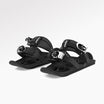
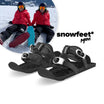
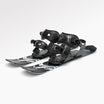
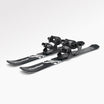

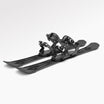

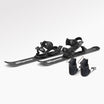






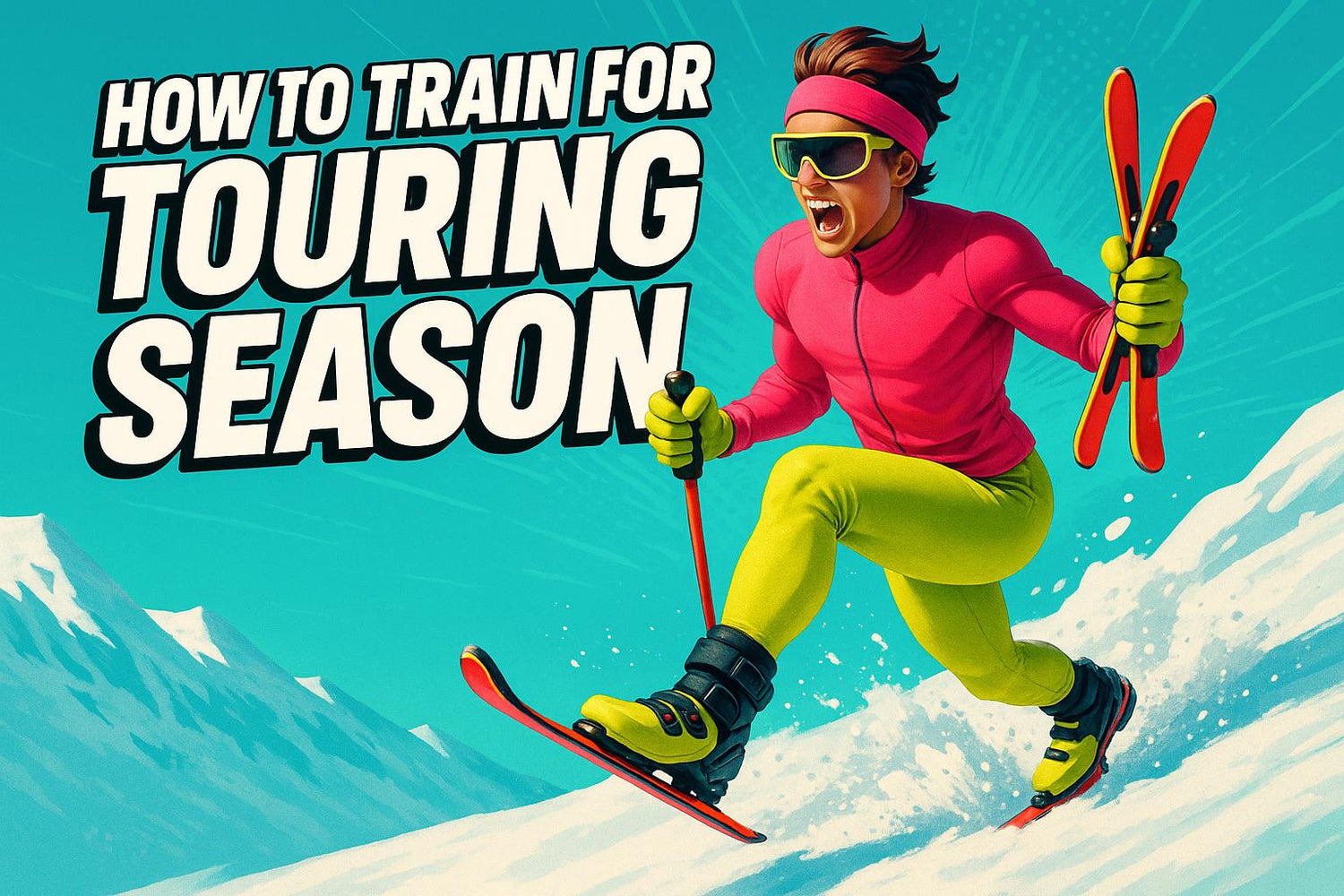
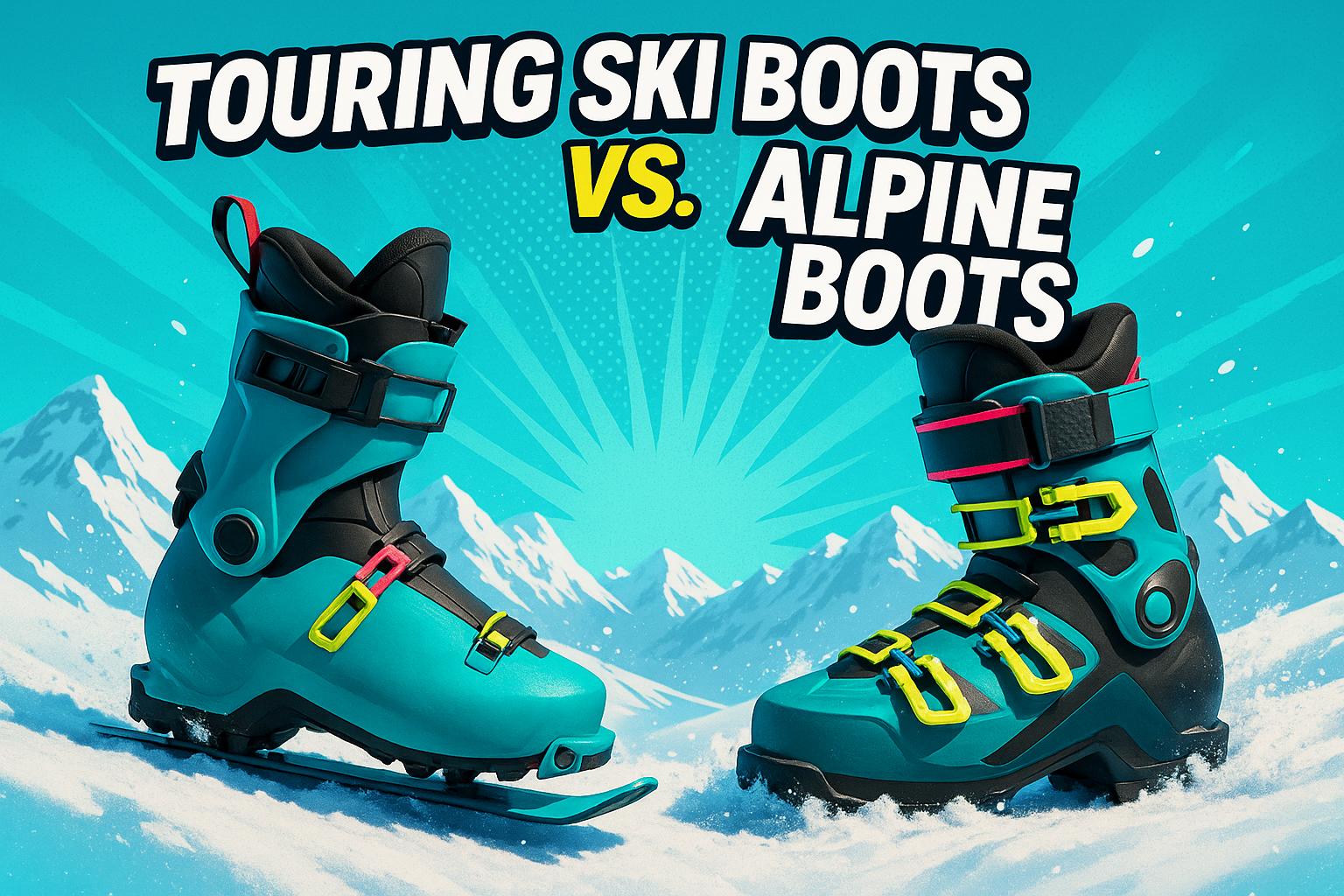
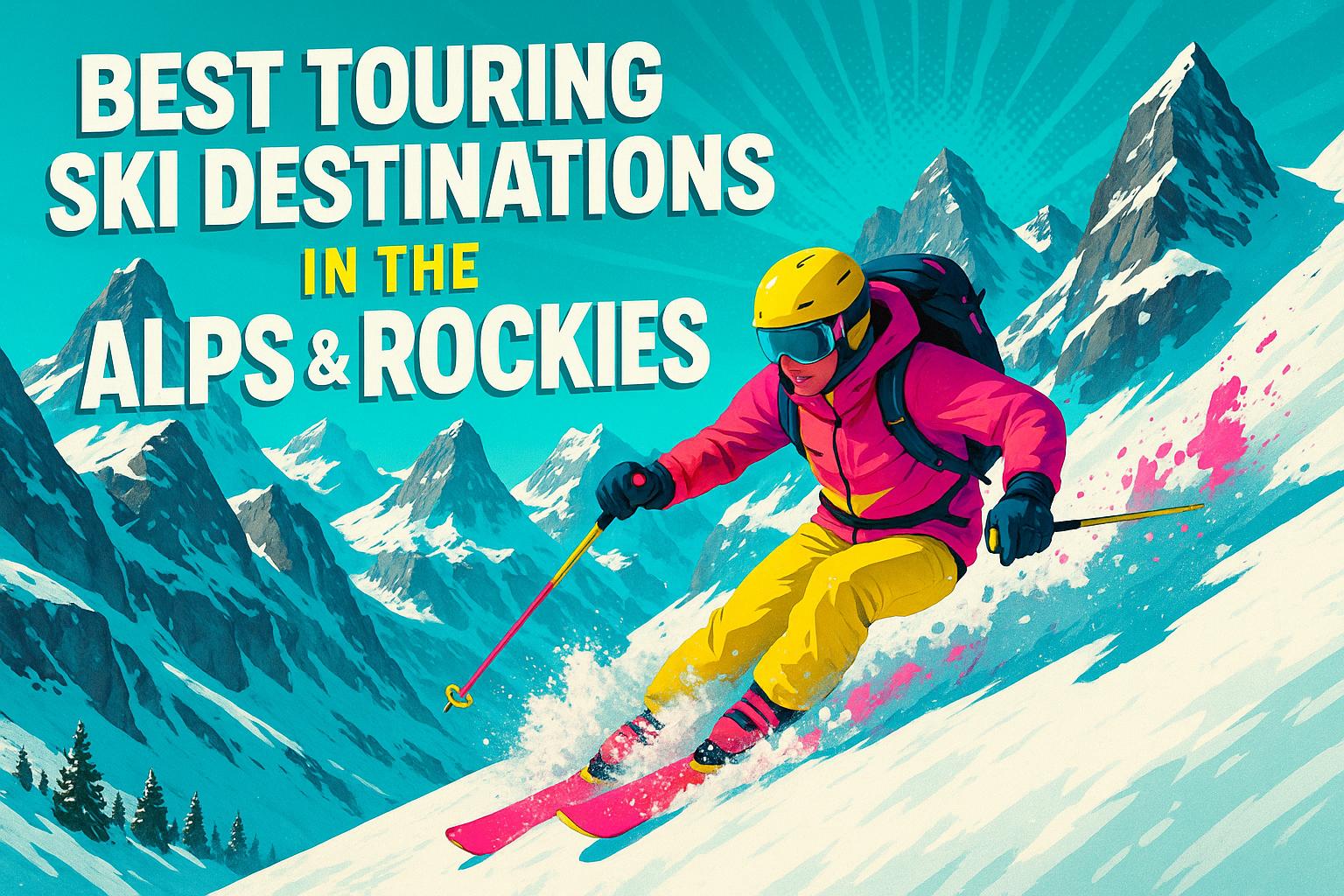




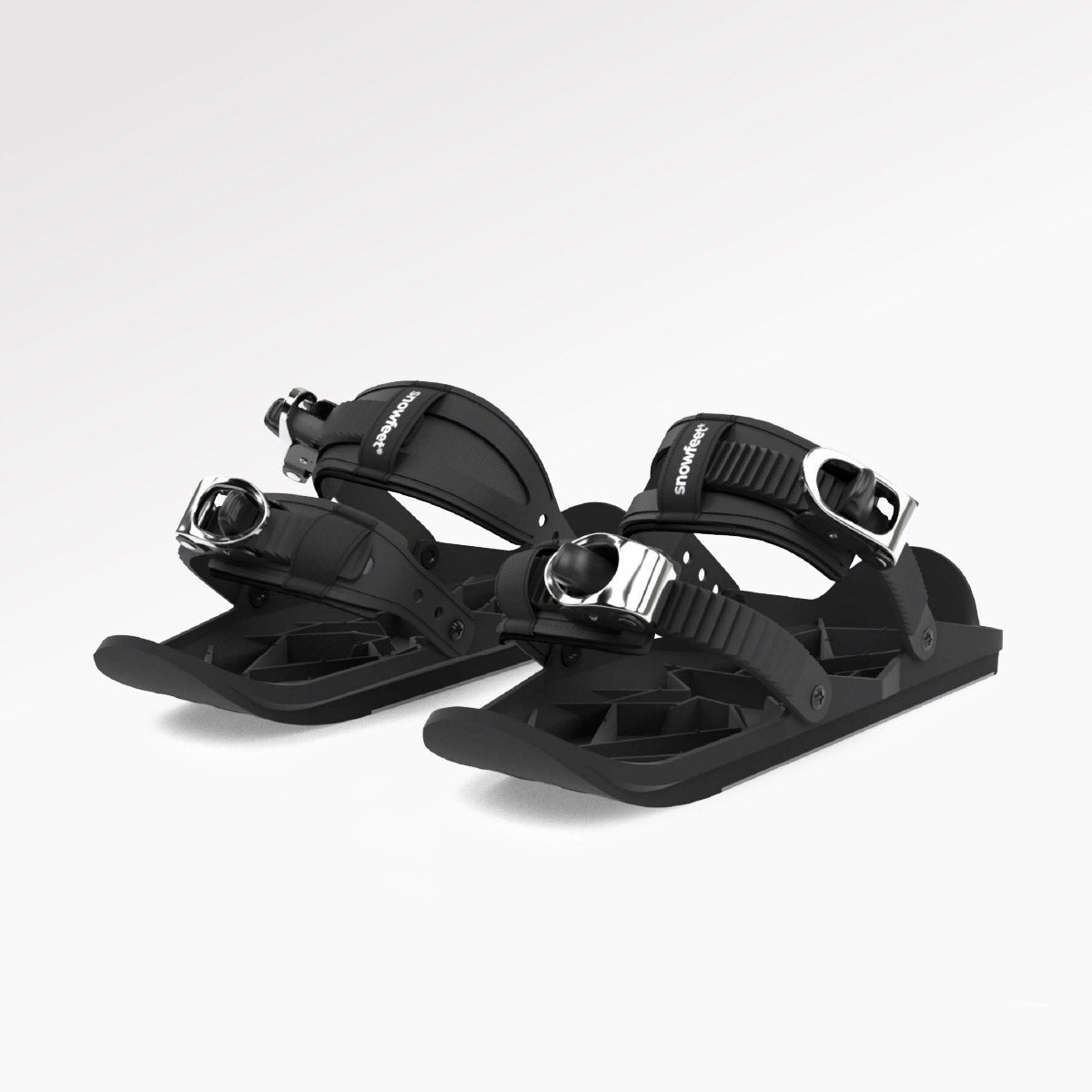
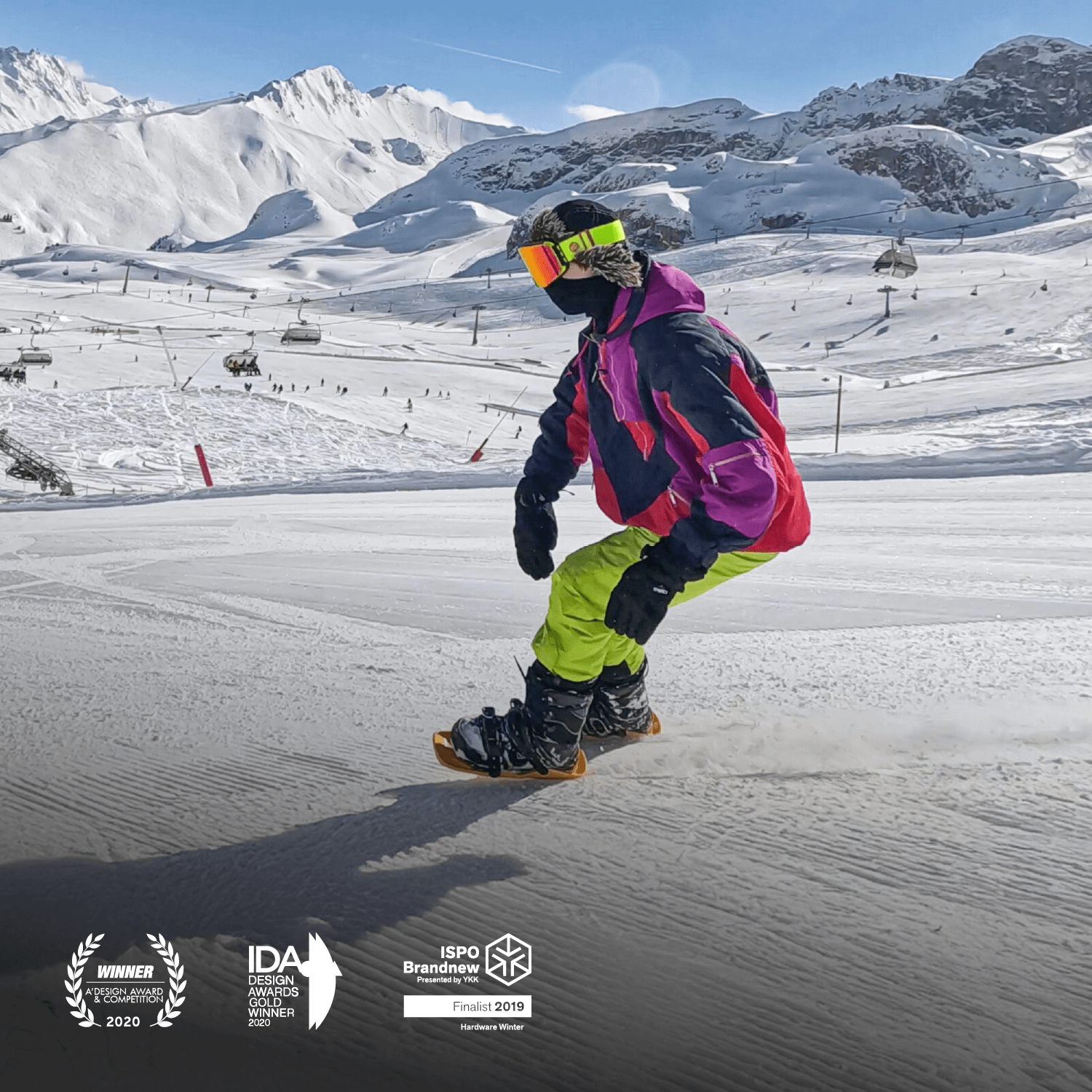
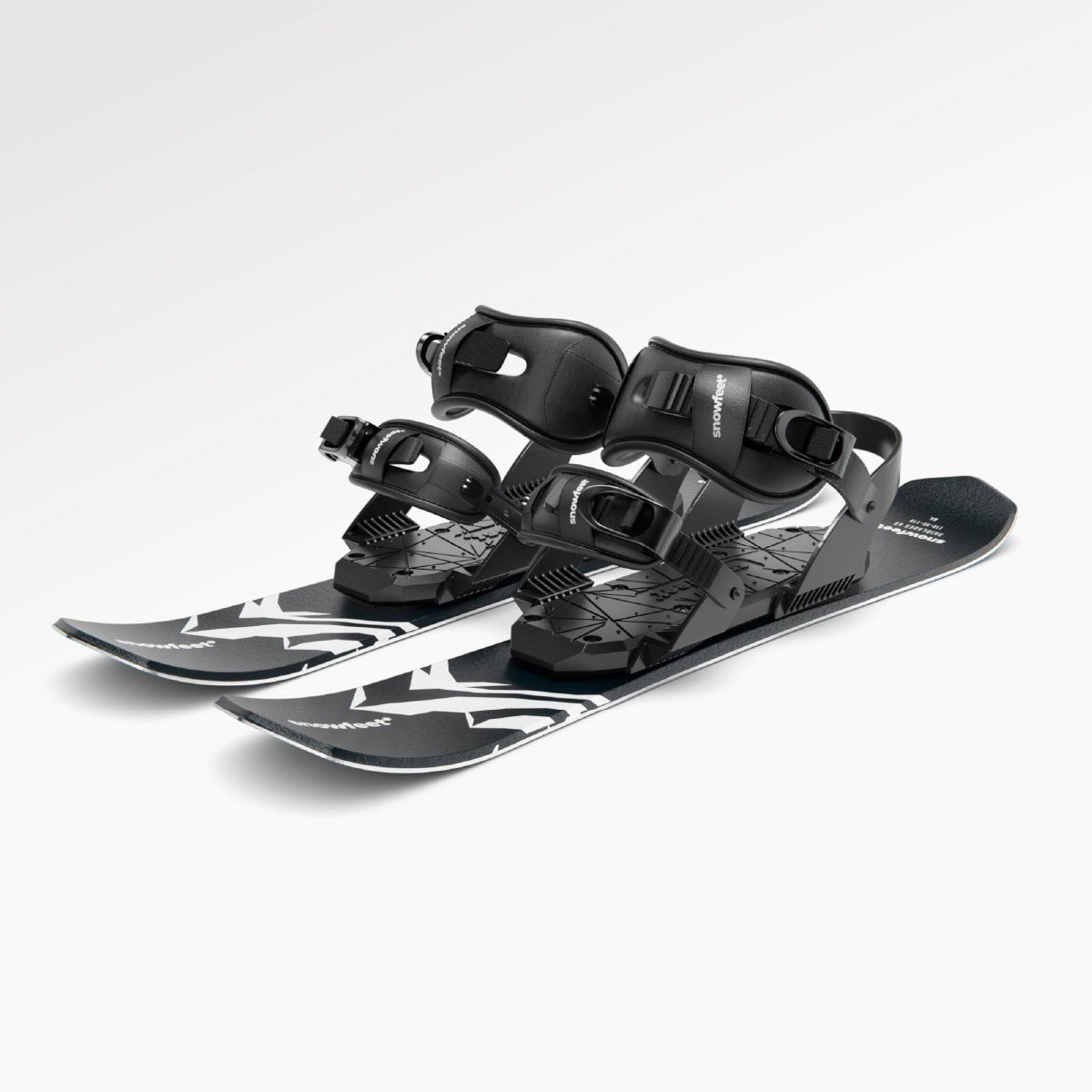

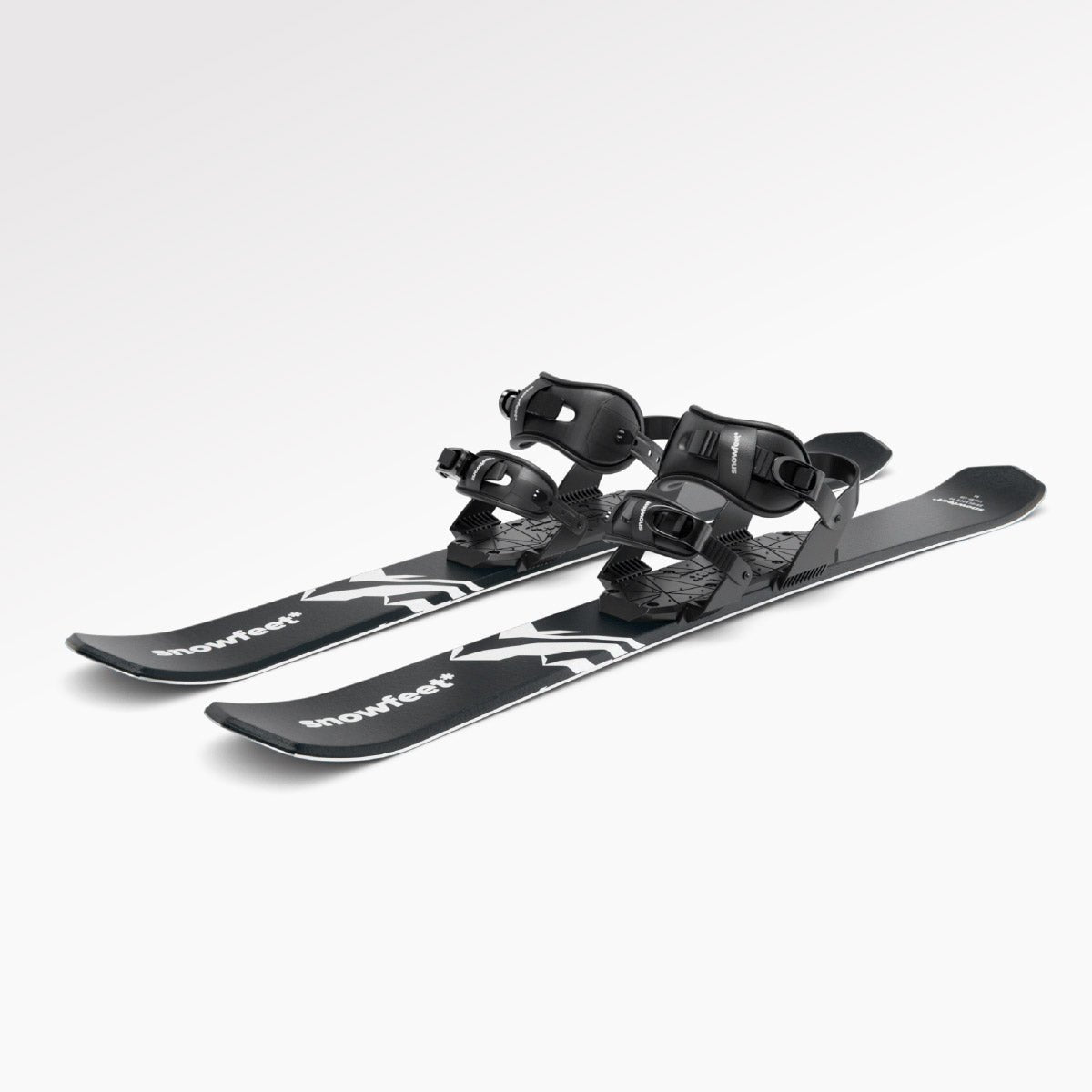

Hagyj egy hozzászólást
Ezt a webhelyet a hCaptcha rendszer védi, és a hCaptcha adatvédelmi szabályzata, valamint szolgáltatási feltételei vonatkoznak rá.